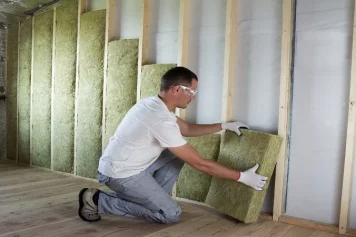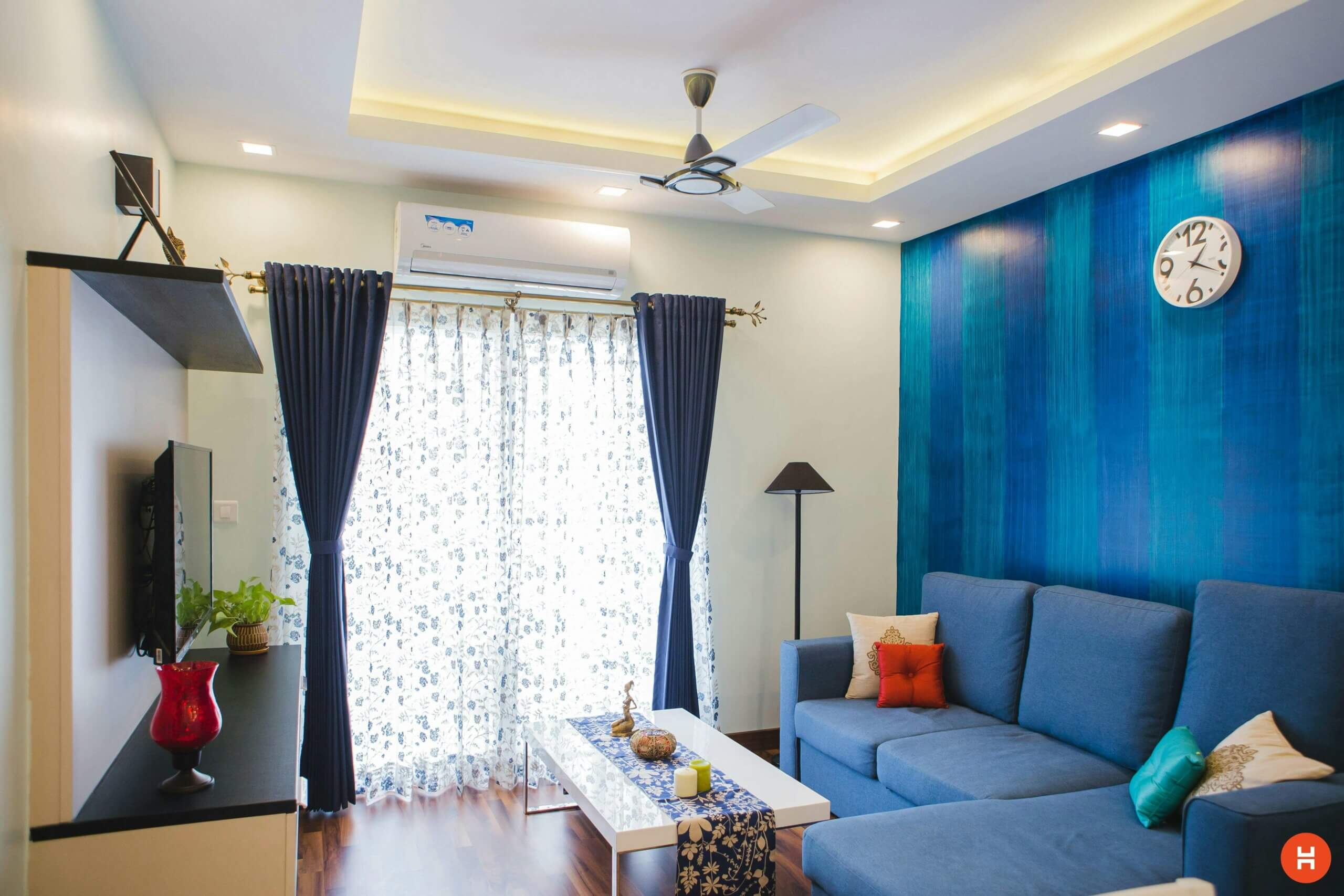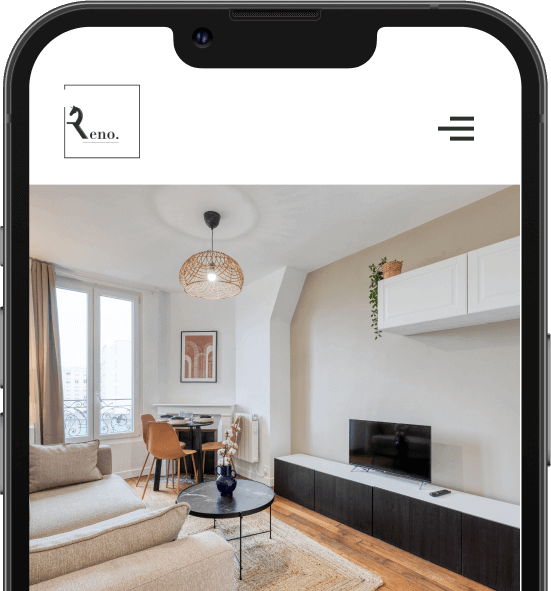How to reduce your energy bill?
Better control of energy consumption has become essential, both from an environmental and economic perspective. Heating accounts for a significant portion of French household energy consumption, 67% on average, and domestic hot water production 10%.
While it’s true that certain everyday actions can help limit consumption, virtuous practices don’t significantly reduce your energy bill. Carrying out thermal insulation work is also a better solution for saving energy. How can you effectively optimize your energy bill? Discover the details in this article.
Carry out thermal insulation work to reduce your energy bill
Insulation work is an energy renovation project that involves addressing thermal bridges. These bridges define the spaces in the walls of your home that allow outside air to pass inside, causing heat leaks.
Wall insulation work
25% of heat loss in a poorly insulated home comes from the walls. There are two solutions to address this waste:
- Interior wall insulation involves placing insulation (usually panels) on the inside of the building. This technique is widely used because it is more affordable and easier to install.
- External wall insulation, on the other hand, involves installing insulation panels on the exterior walls of your home. This is generally done during a facade renovation. It is more expensive, but more effectively eliminates thermal bridges.
By strengthening the thermal insulation of your home’s walls, you can save considerable money on heating costs. In fact, thermal insulation can reduce your annual energy bills by around 20% to 25% . It improves occupant comfort by preventing them from feeling cold.
Window insulation work
According to ADEME ( French Environment and Energy Management Agency), 10% to 15% of heat loss in a home occurs through windows. Window insulation is essential if you want to limit your heating energy consumption. It can reduce your annual bills by up to 40% through various methods.
Caulking
Caulking involves installing seals around your window frames. Seals are made of foam, rubber, or plastic and come in the form of self-adhesive tape. They provide excellent thermal insulation. They also help protect against noise pollution and prevent allergens, such as pollen and dust, from entering your home.
Double glazing
Double glazing is one of the most widely used techniques for window insulation. The goal is to replace existing windows with two panes of glass between which a layer of air or gas is injected. Double glazing can reduce heat loss by 30% to 40%.
Double glazing
You can also opt for secondary glazing. The principle is simple. Simply add secondary glazing to your old windows to improve their thermal performance. Secondary glazing is often less efficient than double glazing.

Install efficient heating or hot water production equipment to reduce your energy bill
Investing in the installation of good heating equipment, such as heat pumps or gas boilers, has a very positive impact on optimizing your energy consumption.
Heat pump
Heat pumps are renewable energy heating devices. They use heat from renewable sources (air, geothermal) to produce heat. There are different types of heat pumps, including geothermal heat pumps and air-source heat pumps.
Geothermal heat pump
The operating principle of a geothermal heat pump is quite simple. Collectors (pipes) are buried in the ground of your garden or yard. A heat transfer fluid circulates inside them and recovers heat energy from the earth. The heat is then delivered to the heating circuit using an exchanger and distributed throughout the home by radiators.
For the air-source heat pump , a heat transfer fluid circulates through a pipe towards the heat source to transform into gas. The temperature and pressure of the gas are then increased by the action of a compressor. The gas reaches a heat exchanger and transmits the heat energy to the heating circuit. The heat is then distributed inside the home via underfloor heating or radiators.
Heat pumps cost between €8,000 and €18,000 to purchase. Their installation requires the expertise and advice of professionals to ensure the right equipment selection and proper sizing. This represents a significant investment. However, installation costs can be reduced thanks to numerous financial incentives, such as the Total Energies energy bonus or the 30% tax credit.
The heat pump is certainly expensive, but very efficient. The temperature inside the ground is relatively constant beyond a few meters, which gives it a better efficiency, varying from 140% to 190%. For 1 kWh of electricity consumed for operation, the system restores 3 kWh to 4 kWh of heat. In fact, it can reduce your bill by up to 50% (in winter) compared to a conventional (electric) heating system.
Gas boiler
Used in most single-family homes and many apartment buildings, gas is an efficient and affordable heating energy source. The latest generation of gas boilers allows for significant energy savings.
The operating mode of a gas boiler is based on the same principle for all models. Gas from the public network or your tank (butane, propane, natural gas) enters the boiler to be burned. This combustion provides heat that is transferred to a heat transfer fluid. This fluid is transported to the radiators or heated floors by a distribution system to heat the rooms of your home. The gas boiler can also be used to produce domestic hot water instantly or by accumulating it in a hot water tank.
A gas boiler is a practical and easy-to-install piece of equipment. It provides excellent comfort in winter while reducing your energy bill by 28%. By replacing your electric heating with a gas boiler, you’re choosing not only an economical solution, but also an environmentally friendly one. Natural gas is the most environmentally friendly fossil fuel.
Regulating and programming your heating consumption reduces your energy bill
By adopting good daily habits and using programming tools, it is possible to reduce your heating consumption by up to 20%.
Equip yourself with a thermostat
Technology is now at the service of energy savings and the energy transition. A thermostat is a device used to control the heating system to regulate the temperature in your home. There are two types of thermostats.
The programmable thermostat is manually set to adjust the temperature provided by your heating. The connected thermostat , on the other hand, allows you to control your heating remotely from your smartphone, tablet or computer, via an application or software.
According to ADEME, programming the heating of your home, house or apartment with a thermostat allows you to achieve between 5% and 20% energy savings.
Adjust your heating according to the time and the room
To reduce your heating consumption, you can take action by adjusting your thermostat to suit the time of day and the room in question. In rooms occupied during the day, ADEME recommends a temperature between 19°C and 21°C. During the day and night, unoccupied rooms can remain at a temperature of 16°C. Do not turn on your heating permanently in spaces that are only used for brief periods.
Additionally, remember to air out your home every day to remove moisture. Don’t leave it for more than an hour to limit heat loss in winter. In summer, you can open your curtains and shutters during the day to let the sun’s warmth into your home.







